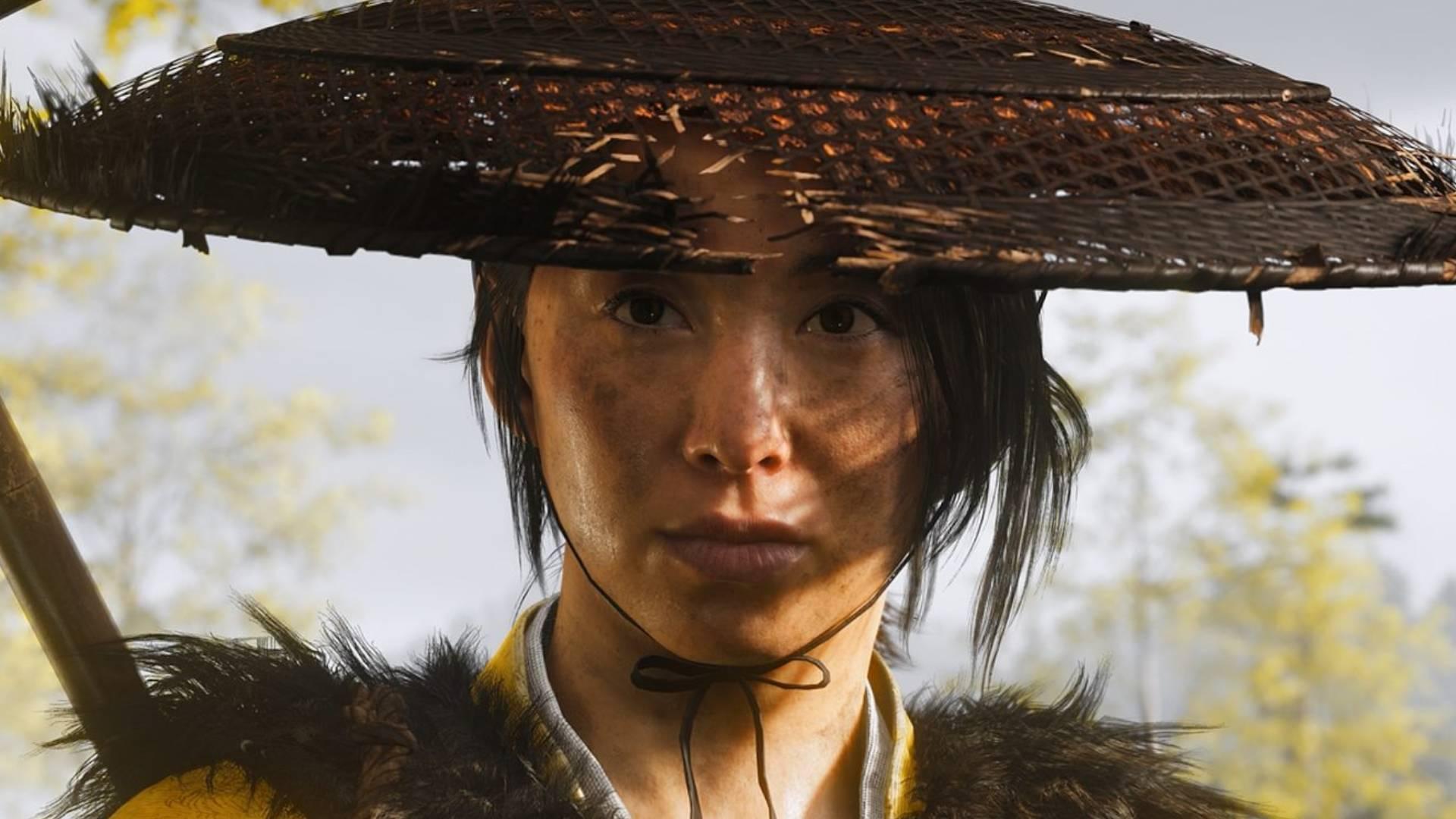-
Feed de Notícias
- EXPLORAR
-
Páginas
-
Blogs
-
Fóruns
Ghost of Yotei's director had to "kill" one of his favorite mechanics, but resisted the "pressure" to replace it with violence

Ghost of Yotei's director had to "kill" one of his favorite mechanics, but resisted the "pressure" to replace it with violence
Of all the people to be discussing Ghost of Yotei, I didn't expect Breaking Bad creator Vince Gilligan to be the one asking the questions. But he was exactly who Sony picked to sit across from the samurai game's creative director, Jason Connell, to discuss their respective media as a part of its Creator to Creator series. Although it was snubbed at the Game Awards, Ghost of Yotei's stellar reviews promise a place on our list of the best single-player games when it inevitably makes the move to PC. But it wasn't all smooth sailing, as Connell discusses the pressure of violence, troubles with mocap performers, and killing his favorite game mechanic to make development sustainable.
Gilligan asked Connell how he approaches violence in the game, considering its gameplay loop is based on samurai duels and takes ample inspiration from films that often show heads rolling. "In videogames you get a lot of pressure just to do [gratuitous violence] sometimes," he says, but that's something he pushed against with Ghost of Yotei's stylish combat.

"We knew that, if we were going to hit people with four foot razor blades, there's some expectation of violence," he explains. "We were going to have to tonally tackle this problem-slash-opportunity."
These discussions happened early in development, and Connell was wary of the expectations placed on Sucker Punch because of the medium it works within. "In videogames, there are some expectations that 'oh it's a videogame, so because gamers like this stuff, maybe there's just heads chopping all over the place.' But we felt strongly about […] saving those powerful violent moments for very special occasions."

Speaking of swordfights, Connell also came up against some problematic mocap artists during Yotei's development. The problem? They were too good. "We hired and collaborated with some folks in Japan that run this form of martial art-I think it's called tenshin ryu-that's about drawing the sword. […] We filmed them on the mocap stage and they were so fast that our cameras couldn't pick up the speed. We had to ask them to slow down because […] we weren't capturing the data."
Connell and Gilligan found plenty of common ground over the course of the two-way interview, but never more so than when discussing killing their darlings. This term, which comes from writing originally, refers to making hard decisions to cut parts of your art that you really like in favor of the bigger picture. For Connell, this was Yotei's memory function mechanic, which allows protagonist Atsu to travel back in time via her memories at certain points in the story.

Originally, this was a much bigger mechanic, and Connell even considered expanding it to cover the entire region of Hokkaido, allowing players to transport themselves to the past at will. "It started off as let's do that [in] as many places as we can […] While it's this amazing feature, it saddened me the day I had to kill that being the whole thing and narrow it. In the end it was the right choice, because it is a really powerful narrative tool so you can really use it at her home where that's happened. […] I knew it was the right thing to do but it was definitely hard. In the final game, it's perfectly fitting where it needs to be."
Gilligan likens it to sprinkling just the right amount of salt on your French fries, and anyone who has played Yotei will understand that the mechanic was seasoned to Michelin standards. But it just goes to show that you can't throw everything at the wall and hope some of it sticks when it comes to designing videogames. Your mechanics have to be utilized at a perfect cadence, your violence needs to feel earned, and your mocap actors have to be slow enough to be picked up by computers.


